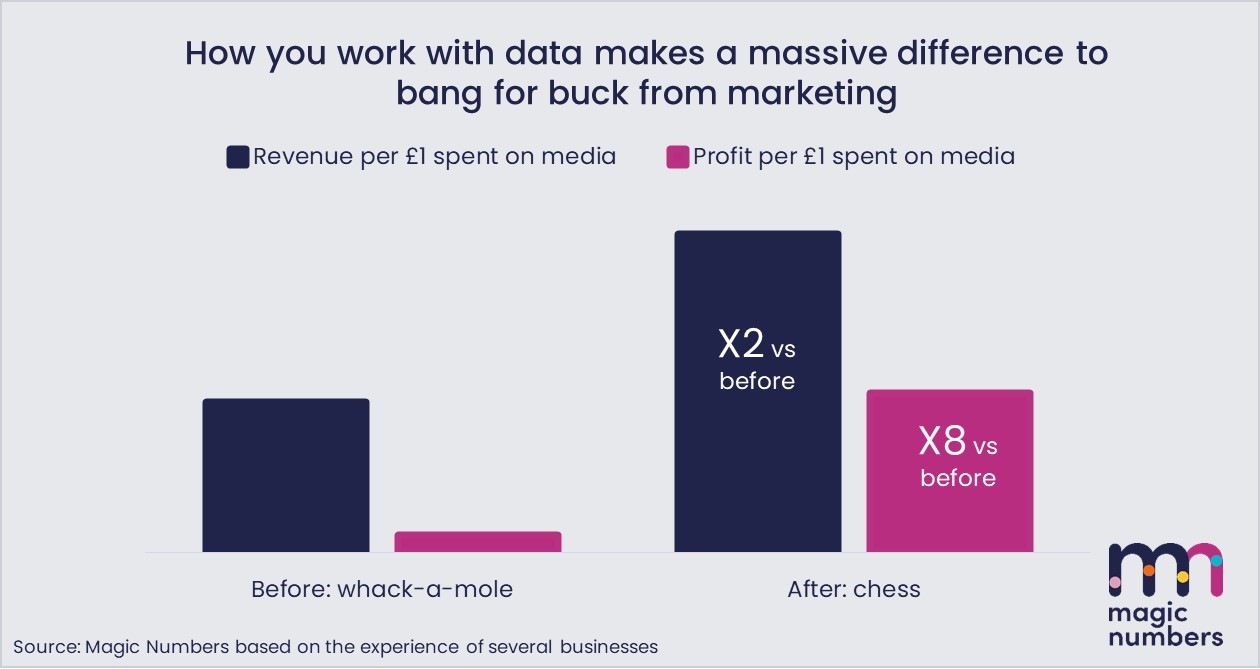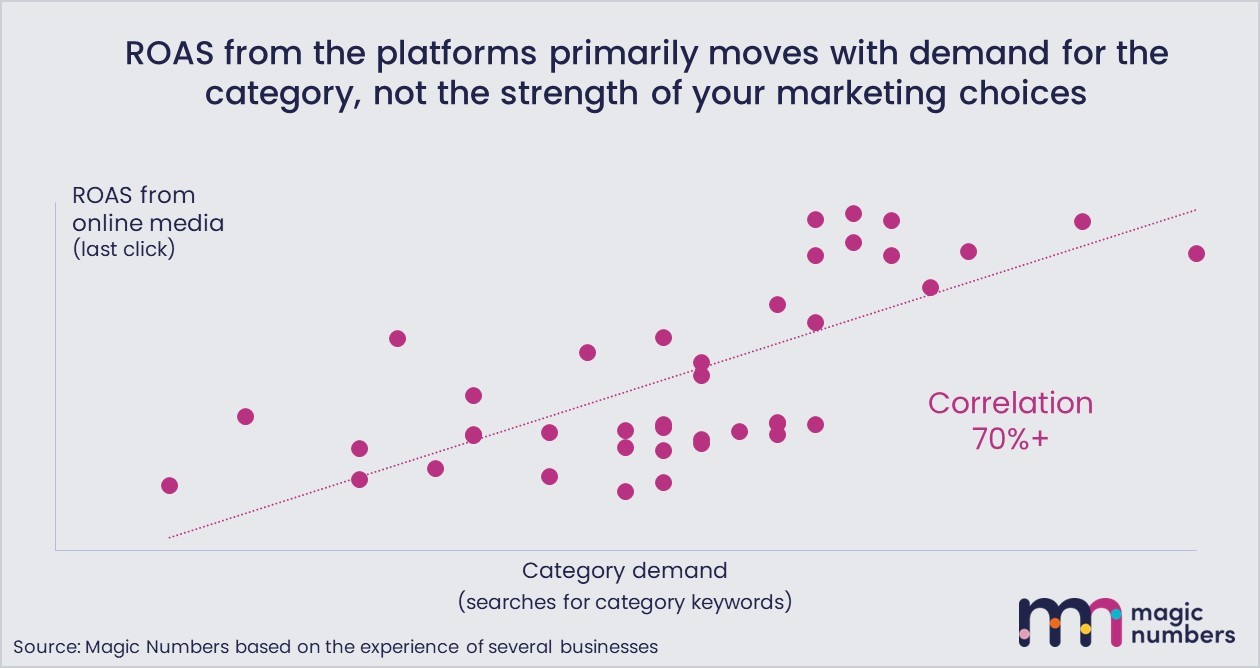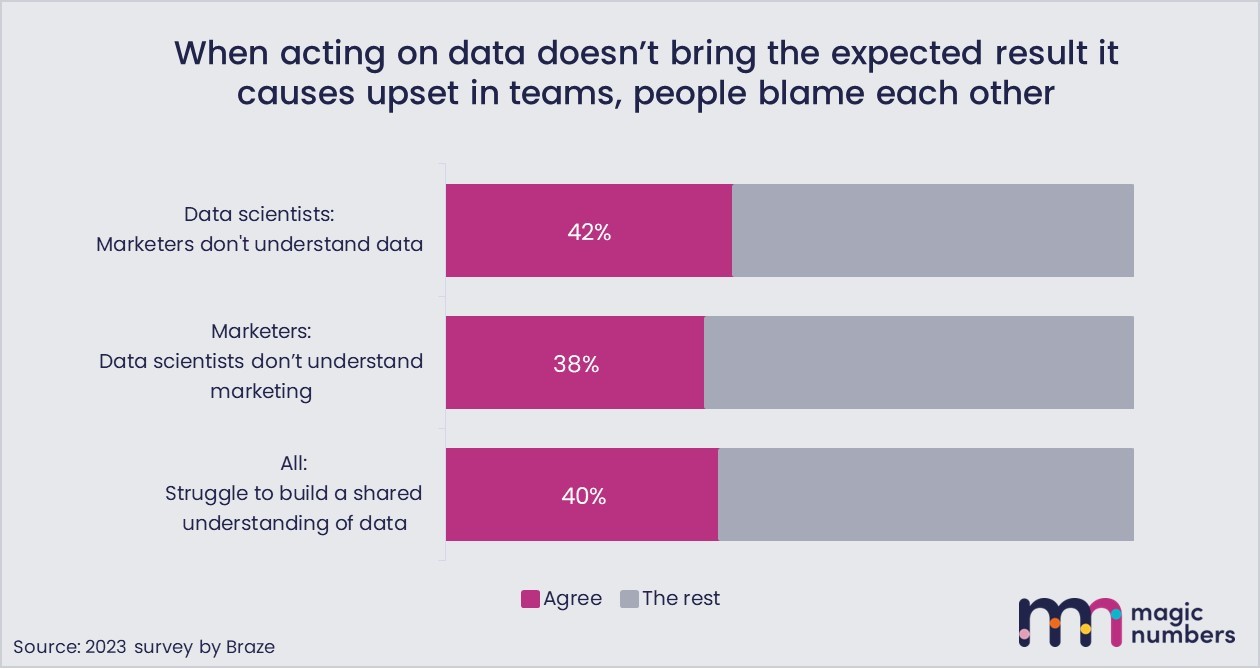It costs me an arm and leg every time, but the kids love going to the arcade on Brighton pier. And they always want to play whack-a-mole.
Armed with a rubber mallet, you bash up plastic moles that appear from holes on a board. It’s fun because the little blighters move fast, and as soon as you’ve hit one you have to be straight onto the next.
There’s a less pleasurable and much more expensive version of this being played out in marketing.
Because making marketing decisions by simply reading data and reacting to it means always playing catch up. There’s so much data that as soon as you react to one thing, something else appears.
It wouldn’t matter if data always pointed in the same optimal direction. But it doesn’t.
Most metrics only show today’s relationship between marketing and business outcomes, so, by tomorrow, there’s a new relationship and you have to react again.
The advice is to stop it and focus on the bigger picture instead. Set out a strategy and only use data to check that the plan is working.
A tale of before and after
The chart below shows econometrics findings for the same business before and after they re-engineered their way of working with marketing data.
Over the course of two years, they moved from reacting to every bit of data that passed their dashboards to a strategic approach. And they saw a phenomenal improvement in their ability to drive profit because of it: Profit per £1 spent on media increased by 8x.



